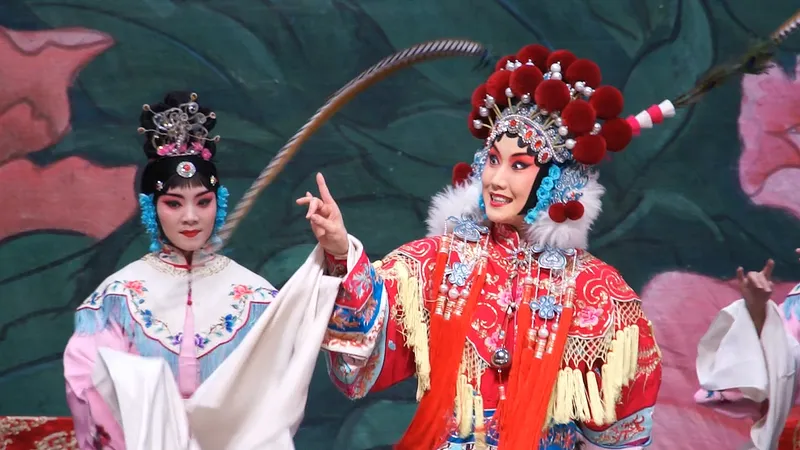Music and dance are dynamic representations of community, emotions, and culture. These art forms are integral to communal gatherings, rituals, and celebrations worldwide. The history, values, and social fabric of each region are reflected in the distinct approaches of Western festivals and ASEAN (Association of Southeast Asian Nations) ceremonies.
Energetic, Diverse, and Entertainment-Oriented Western Festivals
Western festivals frequently prioritize entertainment, creativity, and extensive public engagement. Their events encompass a variety of modern and traditional elements, including cultural festivals and music concerts.
**Notable attributes consist of:**
* **Vibrant festival scenes:** Rock, pop, electronic, folk, classical, and other musical genres coexist.
* **Participation and performance in dance:** Individuals derive pleasure from both observing and participating in a variety of events, including choreographed performances and open dance floors.
* **Large audiences:** Coachella, Glastonbury, and Oktoberfest are events that draw thousands of attendees, resulting in shared experiences.
* **A blend of commercial and cultural elements:** Numerous festivals integrate sponsorship, media coverage, and artistic expression.
* **Holiday and seasonal ties:** Holidays, summer seasons, or historical commemorations frequently coincide with music festivals.
Festivals are frequently an opportunity for individual expression, social interaction, and cultural exchange in Western culture, as they commemorate innovation and diversity.
ASEAN Ceremonies: Community-Centered, Symbolic, and Spiritual
Music and dance are intricately interwoven into religious ceremonies, traditional rituals, and community celebrations in ASEAN countries such as Thailand, Indonesia, Vietnam, and Myanmar.
**ASEAN ceremonies feature the following characteristics:**
* **Ritual significance:** Music and dance serve spiritual functions, such as imploring blessings, honoring ancestors, or commemorating life events.
* **Traditional instruments:** The acoustics are distinctively characterized by gongs, percussion, flutes, and string instruments.
* **Symbolic dance movements:** The significance of each gesture is frequently conveyed through the telling of stories or the representation of cosmic forces.
* **Community involvement:** Ceremonies involve the entire village or group, thereby fortifying cultural identity and connections.
* **Religious and seasonal calendars:** Songkran, Nyepi, and Loy Krathong are festivals that adhere to traditional lunar cycles or religious observances.
In this context, music and dance are less about entertainment and more about connection—to the divinity, the land, and one another.
Contrasting the Two Methods
| Aspect | Western Festivals | ASEAN Ceremonies |
|---|---|---|
| Purpose | Entertainment, artistic expression | Spiritual, ritual, communal identity |
| Music Style | Diverse, including modern genres | Traditional, often tied to specific rituals |
| Dance | Freestyle, choreographed, social | Symbolic, story-driven, communal |
| Audience | Large, often commercial and international | Local communities, often intimate and sacred |
| Occasion | Holidays, seasons, cultural events | Religious festivals, life rites, harvests |
The Allure of Both Traditions
The universal joy of cadence, movement, and storytelling is underscored by both Western festivals and ASEAN ceremonies. ASEAN ceremonies conserve ancestral wisdom and social cohesion, whereas Western festivals commemorate innovation and diversity.
In conclusion,
Music and dance are potent cultural expressions that influence our identities and celebrations. What was it?
These art forms unite individuals across generations and borders, whether in the sacred space of an ASEAN ceremony or under the dazzling lights of a Western music festival.
Through the appreciation of both genres, we enhance our comprehension of the cultural tapestry of the world and the numerous ways in which music and dance contribute to our lives by fostering pleasure, significance, and connection.

Leave a Reply